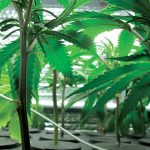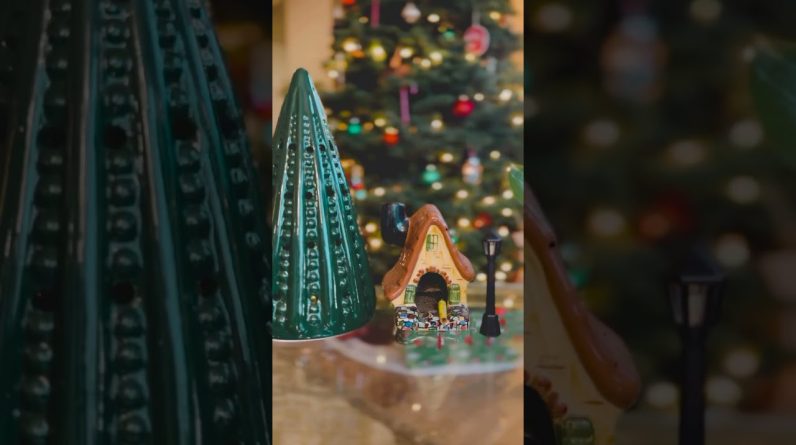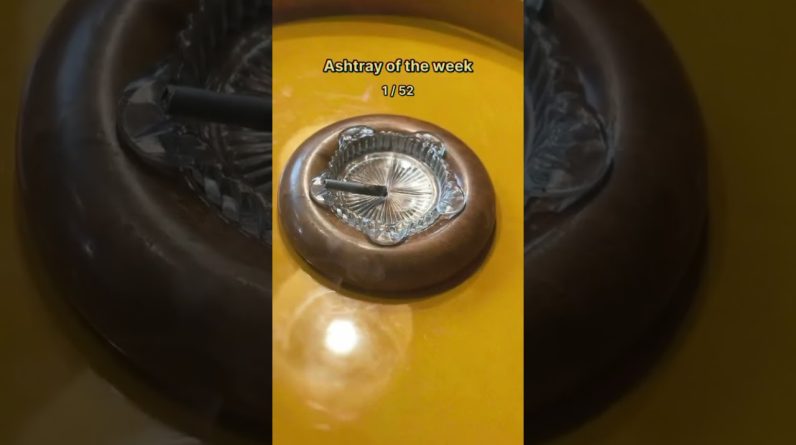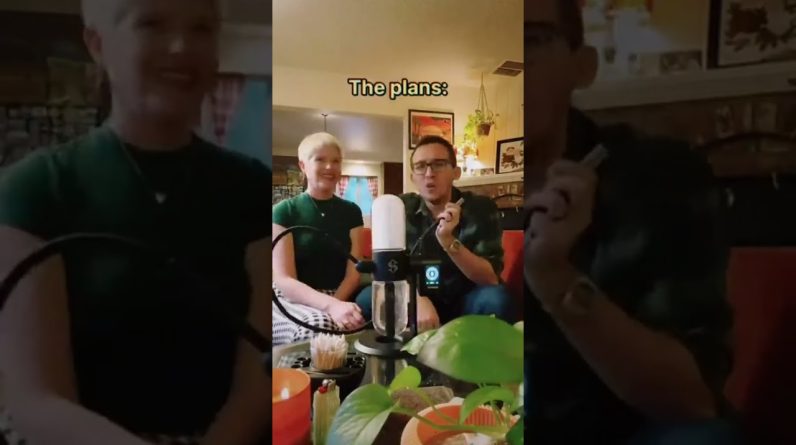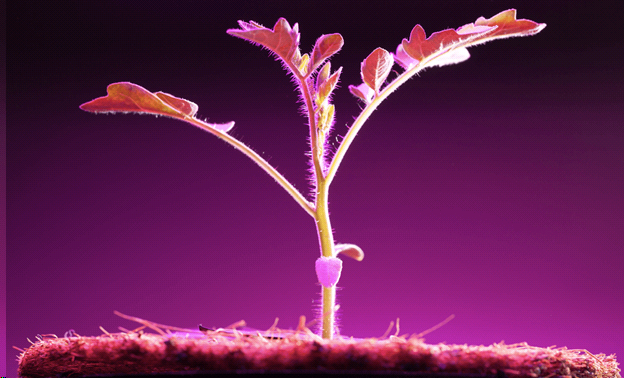

Your cannabis plants are covered in photoreceptors—light sensors that pick up signals from the light they receive. Plants use these photoreceptors to read the light spectrum and make decisions based on what they learn about their current conditions.
It all comes down to the position of the sun. The sun’s proximity to earth changes with the seasons, and the concentration of different colors on the light spectrum changes with it. For example, as fall approaches, the sun sits lower in the sky, increasing the intensity of red light. A plant’s photoreceptors take that higher concentration of red as a signal to start producing as many buds as possible before winter sets in.
By carefully adjusting the spectrum for each stage of the growth cycle, you can increase your yield, increase potency, and ultimately increase profits.
You just have to know how and when to adjust your LED light spectrum.
Whether your operation is indoors or in a greenhouse, here are some pointers to get you started.
How the Light Spectrum Affects Marijuana Plants
When we talk about light spectrum, we’re speaking specifically about the distribution of red, blue, and UVB light. So the first thing to understand is how each color influences your cannabis plants.
In the most basic terms:
Red light promotes flowering. However, it also encourages vertical plant growth. Too much red at the wrong time will cause your plants to stretch, which results in lower yields and lanky, unstable plants.
Blue light is your secret weapon for amping up the concentration of oils and resin.
UVB light puts your cannabis on the defensive . . . in a good way. Just as we humans do, plants actively protect themselves from the sun’s UVB rays. But instead of sunblock, they produce more trichomes, ultimately increasing potency, flavor, and fragrance.
Now, let’s talk about when to use which color spectrum.
The Best Spectrum for Growing Cannabis Indoors
The spectrum you select tells your marijuana plants what to do when by guiding them through the seasons. If you’re growing indoors, you have to completely recreate the sun for your plants through variable spectrum LED grow lights.
Here’s what a typical growth cycle should look like.
Seedlings
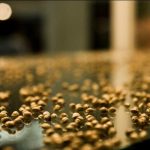
If you’re starting from seeds, you want to give your seedlings 24-hour light, but at low intensity. Stick to about 15% red and 30% blue and white. When your seedlings get their first set of true leaves, you can double the intensity until they have more than two sets, at which point they’ve graduated to the vegetative stage.
Clones
If you’re starting with clones, your first goal is to encourage rooting. This takes some effort on your plants’ part, so keep the light intensity low. If you stick to about 25% red and 45% blue and white, your cannabis is more likely to focus energy on deepening roots rather than expanding upward.
Vegetative Stage
In the vegetative stage, your top priorities for your cannabis plants should be root growth and developing nice, tight internodes.
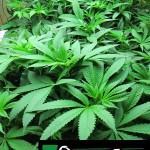 For this, a healthy dose of blue light is your best bet. A higher concentration of blue keeps plants a little shorter. You don’t want your plants to shoot up too fast, develop longer internodes, and create a situation in the flowering stage where taller leaves form a canopy blocking light from the buds that grow lower on the plant. Keep your blue and white light levels blasting at 100% and maintain red at less than 60%.
For this, a healthy dose of blue light is your best bet. A higher concentration of blue keeps plants a little shorter. You don’t want your plants to shoot up too fast, develop longer internodes, and create a situation in the flowering stage where taller leaves form a canopy blocking light from the buds that grow lower on the plant. Keep your blue and white light levels blasting at 100% and maintain red at less than 60%.
Pre-Flower Stage
The pre-flower stage is when you should start prioritizing bud growth. Remember how plants take the red-light signal from the sun to start flowering? That’s the natural reaction you want to tap into now. An increase in red will inspire your plants to sprout buds.
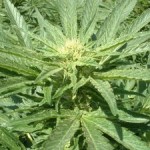 However, you do still want to be careful of bathing your plants in too much red. You should avoid flowering stretch at this stage, and red light does tend to make plants reach skyward. At pre-flower, your wisest move is to kick the intensity of red light up just a little, to about 80%. Your blue light concentration can remain right where it was.
However, you do still want to be careful of bathing your plants in too much red. You should avoid flowering stretch at this stage, and red light does tend to make plants reach skyward. At pre-flower, your wisest move is to kick the intensity of red light up just a little, to about 80%. Your blue light concentration can remain right where it was.
Flowering Stage
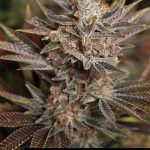 This is the red spectrum’s time to shine, so to speak. Up until now, you’ve been shielding your plants from a blast of red light to prevent stretching, but now your marijuana needs all the photons it can get. Turn your red light spectrum—that’s red and deep red—up to 100%. This maneuver helps you get those higher-than-ever yields.
This is the red spectrum’s time to shine, so to speak. Up until now, you’ve been shielding your plants from a blast of red light to prevent stretching, but now your marijuana needs all the photons it can get. Turn your red light spectrum—that’s red and deep red—up to 100%. This maneuver helps you get those higher-than-ever yields.
The rest of the channels in your variable spectrum can stay at 100% as well. It’s all hands on deck in the flowering stage.
Finishing Stage
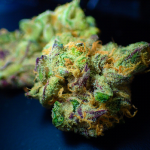 This is where you manage your potency and chemical profile. As you recall, blue and white light are the heroes when it comes to producing trichomes. Prioritize blue and UVB at 100%, and turn red down to about 50%. This is how you get those sticky buds everyone is looking for.
This is where you manage your potency and chemical profile. As you recall, blue and white light are the heroes when it comes to producing trichomes. Prioritize blue and UVB at 100%, and turn red down to about 50%. This is how you get those sticky buds everyone is looking for.
If you’re new to variable spectrum LED lights, this may seem like a lot to manage. Fortunately, you can actually program and automate the entire growth cycle with technology like the SolarSystem® Controller.
Of course, this is all strictly indoor lighting. If you’re growing in a greenhouse, the considerations are a little different.
The Best LED Spectrum for Growing Cannabis in a Greenhouse
If you grow cannabis in a greenhouse, you don’t need to bathe your plants in full spectrum light quite so often. The sun does a lot of the heavy lifting, so you only have to provide supplemental light.
The benefit of greenhouse growing is that you spend less money powering your lights, since they don’t have to be on at full intensity nearly as often as they would indoors.
What makes greenhouse growing a little more complicated, however, is that you have to do some calculations to figure out the balance between how much of what kind of light your plants are getting form the sun and how much artificial light you need to add in.
It’s impossible to provide any hard and fast rules for you in a single article, because your needs depend on many variable factors. Where is your greenhouse located? What season is it? How long are the days in your region?
One thing that will help is to refer back to the guide above for indoor lighting. The variable growth cycle spectrum laid out there tells you what your plants need at each stage of growth. Then you can work out how much supplemental lighting you need to provide to boost your yields and get the product you want.
A few other factors to consider:
- Seedlings do best with 24 hours of light.
- In the vegetative stage, your plants need about 18 hours of lights on, 6 hours of lights off.
- For flowering, you should switch to a 12 on, 12 off schedule.
- In every phase, your plants need 6 hours of direct, full spectrum light each day.
If your plants aren’t getting all the light they need, they’ll let you know by growing an excessive number of leaves. More leaves helps them pick up more light. If you see more leaves, it’s time to increase the supplemental lighting.
One last tip for greenhouse lighting: Make sure you choose supplemental LED lights that are designed specifically for greenhouse use. You want fixtures with a slim profile to minimize shadowing. If your LED lights are blocking your plants from the sun, there’s not much point in having a greenhouse operation to begin with. We recommend checking out California Lightworks’ GH Pro 340.
The benefits of working with variable spectrum LED lights are huge. You can boost yields, create an even higher quality product, and drive profits through the roof.
If you haven’t worked with these types of lights before, there can be a bit of a learning curve. If you feel lost, don’t worry. We’re always happy to help you take a look at your indoor or greenhouse setup and help determine what’s best for your marijuana crop. Contact us anytime, or explore your LED lighting options here.
